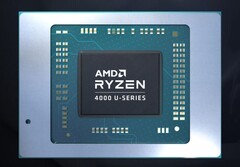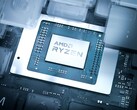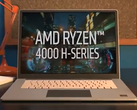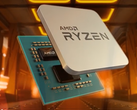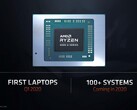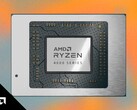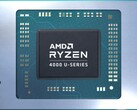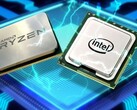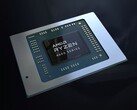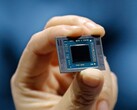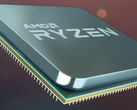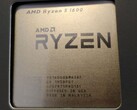AMD's announcement of the Ryzen 4000 CPUs at CES 2020 was met with great applause as they seemed to be show promising improvements over Intel's current mobile offerings. However, one question that was lingering in everyone's mind was why the new APUs featured Vega GPUs instead of those based on RDNA. AMD's Senior Technical Marketing Manager Robert Hallock clarified the same on Twitter.
Hallock said,
Because the schedules just didn't line up. But each Vega CU in 3rd Gen Mobile is 59% faster than 2nd Gen [sic]."
APUs have traditionally been a generation behind their desktop counterparts so it isn't wholly surprising about AMD deciding to continue with Vega. The interesting aspect is that the new APUs seem to max out at eight compute units (CUs) while we've seen them go up to 11 in the previous generation. So, Hallock's claim of being 59% faster needs to be looked into more carefully.
According to Hallock, the CUs in Renoir have been made more efficient with boosted clocks thanks to the transition to 7nm. Improvements on the CPU side, combined with boosted clocks on the APUs (+17%), driver improvements, and improvements in how the GPU handles a given workload, all help in making each CU 59% faster. Collectively, this affords about 28% higher performance in 3DMark.
Such architectural improvements are harbingers of good things to come in the future as these will eventually be implemented in future Navi GPUs, which are already on 7nm. In an interview to Anandtech on the sidelines of CES 2020, Lisa Su said,
When we put Vega into a mobile form factor with Ryzen 4000, we learned a lot about power optimization. 7nm was a part of it sure, but it was also a very power optimized design of that architecture. The really good thing about that is that what we learned is all applicable to Navi as well. David’s team put a huge focus on performance per watt, and that really comes out of the mobile form factor, and so I’m pleased with what they are doing. You will see a lot of that technology will also impact when you see Navi in a mobile form factor as well."
Of course, bottlenecks and economics also play a part. Ryzen 4000 already offers 8 cores and 16 threads, which is a lot of computing power for mainstream laptops and ultrabooks. Accommodating Vega on the same die as the CPU means that a few GPU cores may have to be sacrificed in order to keep the die size, overall power consumption, and costs in check.




